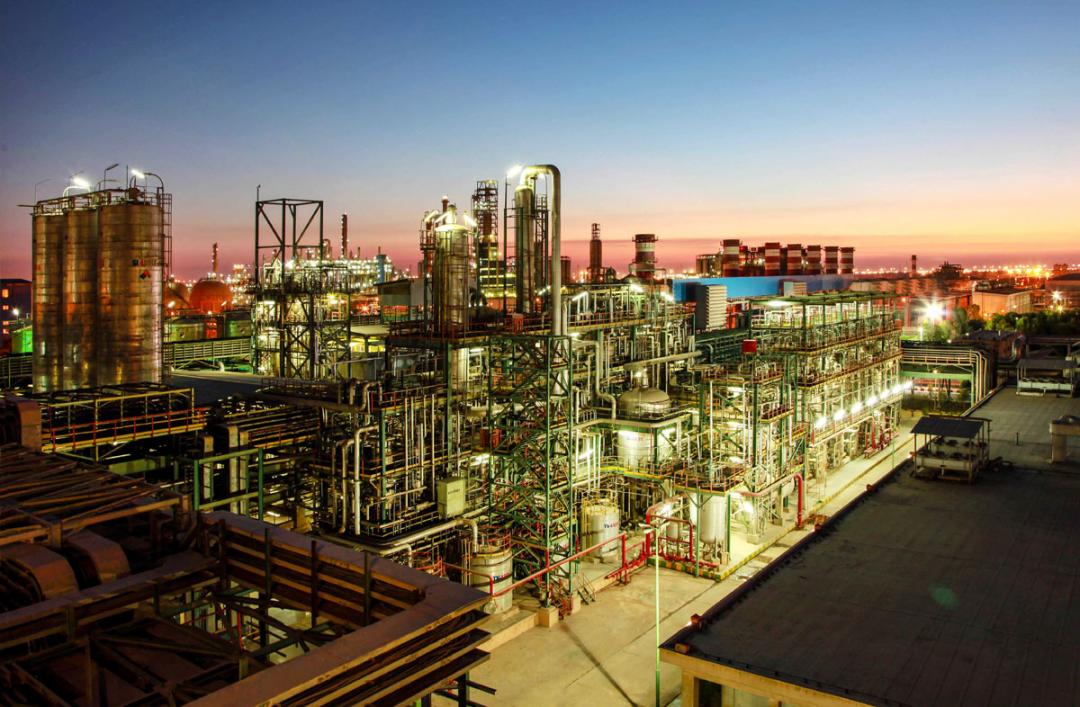Iran’s industrial clout is focused around its capital and their sales and exports are heavily petroleum based.
With oil now looking $20 a barrel in the eyes, Iran’s top companies may be in for much hurt, though the lifting of sanctions may just outweigh the slump in commodities.
Oil extended a 70% drop since June 2014, as volatility in Chinese markets fueled a rout in global equities and US stockpiles remained more than 120 million barrels above the five-year average, Bloomberg reported.
The large share petroleum has in Iran’s economy is fueling speculation of dipping back into recession or a weak recovery from the country’s worst economic crisis since the Iraq War in the 80s. All the while global markets are anxious over Iran’s planned crude oil production increase.
Industrial Management Institute has studied 800 companies’ books and used Fortune 500 criteria for the year that ended March 2015 to select the top 500.
“The list with detailed comparisons of the companies and economic sectors will be published in February,” the institute’s chief, Mohammad Ali Mohammadi, told IRNA.
Iran’s top 100 companies made most of the money in the current fragile economic conditions. They earned 85% of total earnings of the companies that made the list.
Gross domestic product expanded by 3% in 2014, on the heels of annual economic contractions of 6.6% and 1.9% in 2012 and 2013, respectively. However, official estimates of growth in 2015 fall below 1% as the slump in oil prices and weak consumer demand stifle growth.
Strongest Sales
“The institute compares profitability, exports, cash flow, debt and finally market share of each company in its sector,” Majid Darvish, head of the study, told ISNA.
The main focus of the rankings, however, remains sales.
The banking sector is the strongest in sales, like the year before. Banks made 26% of total sales.
Banking shares have staged a rally in the past week in anticipation of the lifting of banking sanctions on Iran, most importantly the lifting of SWIFT global interbank messaging network’s ban of processing transactions for Iranian banks, especially the Central Bank of Iran.
Banks, however, are going through a liquidity crisis. Their assets are either trapped in illiquid assets and property or in the form of overdue debt. The result has been prohibitively high interest rates that have damaged business investment.
Many major banks are technically bankrupt, economists say. Even with the lifting of sanctions, the banking system faces costly restructuring.
Petroleum Power
Refiners came second in share of sales at 16%, considerably lower than that of banks. Petrochemical producers came next with a 12% share, bringing the total share of petroleum-related companies on the list to 28% of the total.
The fourth and fifth largest share of sales made by Iran’s top 500 went to carmakers and auto parts manufacturers, and basic metals producers with a 6% and 5% respective share.
Exports are a different field compared to sales and here the petroleum and petrochemical industries dominate. Petrochemical exports accounted for 48% of the exports. Petroleum producers made 12% of exports. This means 60% of exports made by Iran’s top companies were directly linked to oil prices.
Oil dropped below $30 a barrel in New York for the first time in 12 years on concern that turmoil in China’s markets will curb fuel demand on Tuesday.
West Texas Intermediate crude tumbled to the lowest since December 2003. Concerns that China’s economic growth may slow have soured investors on the prospects for a quick recovery, turning hedge funds the least bullish in five years. A rapid appreciation of the US dollar may send Brent oil to as low as $20 a barrel, Morgan Stanley said.
Weaker crude prices will tighten fiscal spending and weaken the central bank’s power to manage the rial. Moreover, the petroleum industry’s dominance in the top 500 list will pull down equity markets and reduce corporate earnings in the coming year.
Multi-industry holdings took the third spot in exports close behind refiners, with a 10% share.
The IMI study also shows that top companies favored the capital, Tehran, for setting up shop, as 62% of them were stationed there. Eleven percent of the companies on the list were stationed in Esfahan–Iran’s third most populous province.
The next three provinces, Hormozgan, Khuzestan and Bushehr, all bordered the Persian Gulf, highlighting the weight of petroleum-related installations in the region, with 6%, 5.8% and a 5.6% share, respectively.


